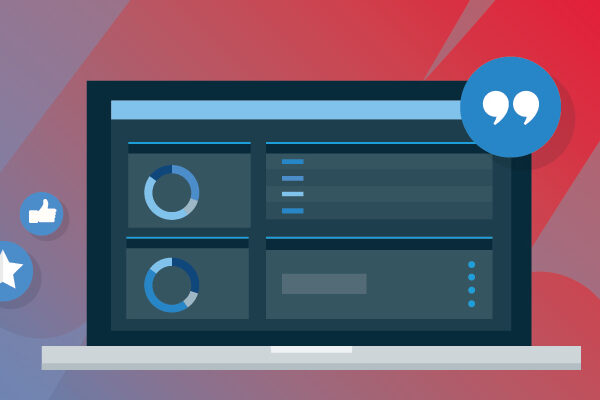Virtual Servers And Data Replication
With virtualization, a single physical server can become multiple virtual machines, which are really isolated pieces of hardware with plenty of processing, memory, storage and network capacity.
Using virtual servers not only can save businesses time and money, but it can also help lay the foundation for a successful data disaster recovery plan. Virtualization adds an additional layer of data protection when it comes to business continuity.
In this article, we are going to explain virtual server replication and how it can play a key role in your business’ disaster recovery plan.
Virtual Server Replication
Virtual machines are impacting the way many small businesses think about data protection.
One of the more fundamental schools of thought when it comes to data protection is the theory that the only way to truly protect your data is to have a copy saved in a secure, off-site location, such as the cloud or virtual server.
Virtual server replication essentially takes a copy of the virtual server and copies it to another server. A replicated virtual server is a complete, ready-to-run dupe of the source virtual server. Therefore, in the event of a disaster, it can be turned on and have your business up and running again in a short time. This not only protects your data, but it protects your business from costly downtime.
Downtime not only costs your business in lost revenue – when you are unable to carry out mission-critical business functions – but it can also cost you in damage to your brand reputation and lost business opportunity.
For those reasons, business continuity solutions are critical to the success of any small business, and virtual server replication can play an important role in disaster recovery.
Replicated virtual servers are fully functioning copies of the source server, ready when disaster strikes.
When configuring replication, you will need to determine the recovery point objective, which is the point in time in which you will restore your data after a disaster hits. It limits how far to roll back your recovery and defines how much data your business can afford to lose before it affects productivity, revenue, and reputation.
When the virtual server reaches its RPO target, the server is replicated. Smaller RPOs means less data is lost during recovery, but it also means using more bandwidth to maintain the replication rate.
Virtual server replication has many benefits:
- Provides site resiliency and site diversity.
- Strengthens a business’ disaster recovery plan by preventing total data loss.
- Offers an exact replica of the source virtual server.
There are two different types of virtual server replication:
- Near real-time replication: Immediately copies the data as it is being written to the virtual server. This is not as cost-effective due to the increased need for hardware, bandwidth, and software required to do real-time replication.
- Point-in-time replication: Happens on a scheduled basis.
Virtual machine replication should be just one part of your company’s well-rounded disaster recovery plan. The repercussions of losing access to your crucial systems can not only damage your data, harm your reputation, fracture customer relationships, but it can also hit your bottom line and result in lost revenue.
With the right disaster recovery plan in place, businesses can recover mission-critical data and systems, and be back up and running with minimal downtime.
Learn more about virtual server replication and data protection, contact Datto.



